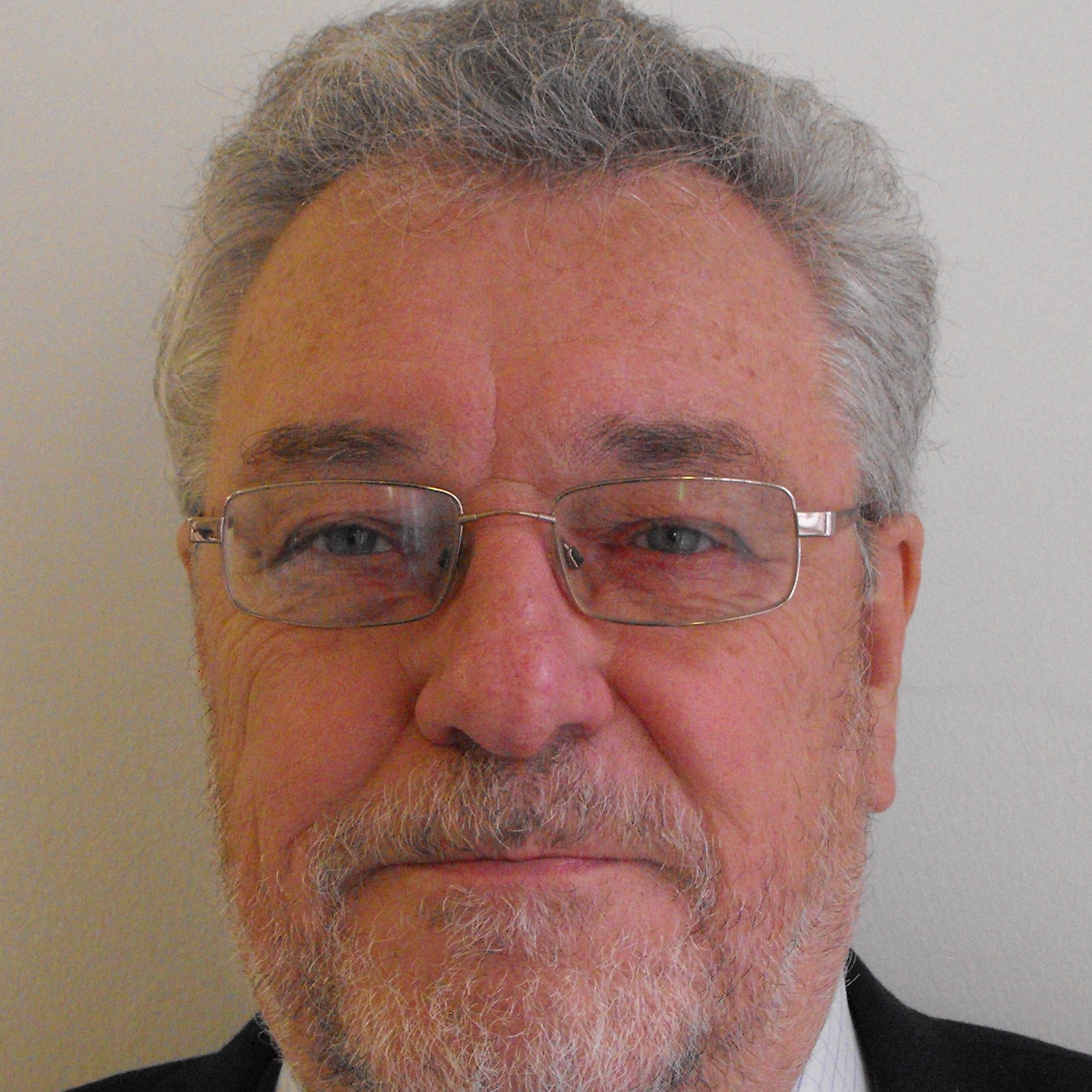Impacts of AirBnB regulation in New York
New York has long been a money spinner for AirBnB. In January 2023 there were 38,500 listings. As…
New York has long been a money spinner for AirBnB. In January 2023 there were 38,500 listings. As…
In 2010 the Commonwealth Association of Planners held its first Student Essay competition. The winners were Jeremiah Atho…
Ken Loach’s film, Kes, was released in 1969. What does it tell us about life in a coalfield…

Cliff is a freelance consultant, researcher, author and trainer. He was the Chair of the Cockburn Association 2016 – 2023.
He is Professor Emeritus of Planning and Spatial Development at Heriot-Watt University in Edinburgh.
He is a Past President of the Royal Town Planning Institute, and of the Commonwealth Association of Planners.
He is a past Chair of Built Environment Forum Scotland.
He was awarded the O.B.E. in the 2016 Birthday Honours.
Link to download for free
Link to buy
Despite the pace of urbanization and the economic importance of cities, many leading politicians in Africa are still focused on rural areas. Reuben Abraham, the head of a leading Indian think tank on urban issues, says that leaders of some developing countries are simply failing to undersand the importance of urbanization. Speaking in Jakarta at a New…
This item was posted in 2017. The proposals for the hotel at the Royal High School were refused plannng permission and the refusal was upheld at appeal. Citizens in Edinburgh are voicing concerns at the way the capital city’s built environment and greenspaces are being managed. A staggering 3,188 objections have been lodged in opposition…
Working together to achieve a common vision for change is a key requirement for urban economic regeneration, argues a new report based on research in 4 US cities. The report is published by the UK-based Centre for Local Economic Strategies. The research looked at Cleveland, Pittsburg, Philadelphia and Providence, all cities that have faced major economic challenges…
This blog was first posted in October 2019. Inside the slums and gated communities the opportunities and obstacles to sustainable and inclusive urban development can be seen. Spending a few days in Delhi as part of the Sustainable, Healthy and Learning Cities and Neighbourhoods project has given me insights into the way urbanisation is taking place in…
A new bridge in Portland, Oregon carries pedestrians, cyclists, buses, trams and light rail metro – but no cars or trucks. The Tilikum Crossing over the Willamette River opened on 12 September 2015. Perhaps not surprisingly, it is in Portland, Oregon, one of the most environmentally conscious cities in the USA. In connecting and extending the public…
I am just back from spending 3 weeks in Oregon. What can IC members learn from that beautiful part of the world? Oregon in the Pacific North-West of theUSA shares a number of features with the Baltic Sea Region (BSR). 2012-08-30 It is relatively peripheral within the continental land mass and in relation to the major urban…
This blog was first publised in August 2017. Might plans for a make-over for Edinburgh’s West Princes Street Gardens lead to a partial privatisation of an iconic public space? West Princes Street Gardens in the centre of Edinburgh are an outstanding feature of the city. They sit below the spectacular castle. A bandstand is at…
The idea of a 20-minute neighbourhood has been grasped by urban planners and designers internationally. Guest blogger Emeritus Professor Klaus Kunzmann casts a critical eye on the concept. Recently, the 15-minute city concept has found enthusiastic supporters among planners in Europe and beyond. In Scotland’s Draft National Planning Framework 4 it is slightly adapted to be the…
Ghana’s urban population has grown from 4 million to 14 million in 30 years. This has underpinned economic growth, which has on average increased by 5.7% a year since 1984. Can this continue, or is the urban future bleak? A new report by the World Bank says that urbanisation has reduced urban and rural poverty and enabled…
Small towns are home to many Scots; they are places that contribute significantly to Scotland’s economy, identity and national well-being. They are of cultural importance: their buildings, streets and parks tell Scotland’s story. 2013-09-18 Beginning of September the Built Environment Forum Scotland launched a microsite on small towns and a report that I have written about Scotland’s small towns.…